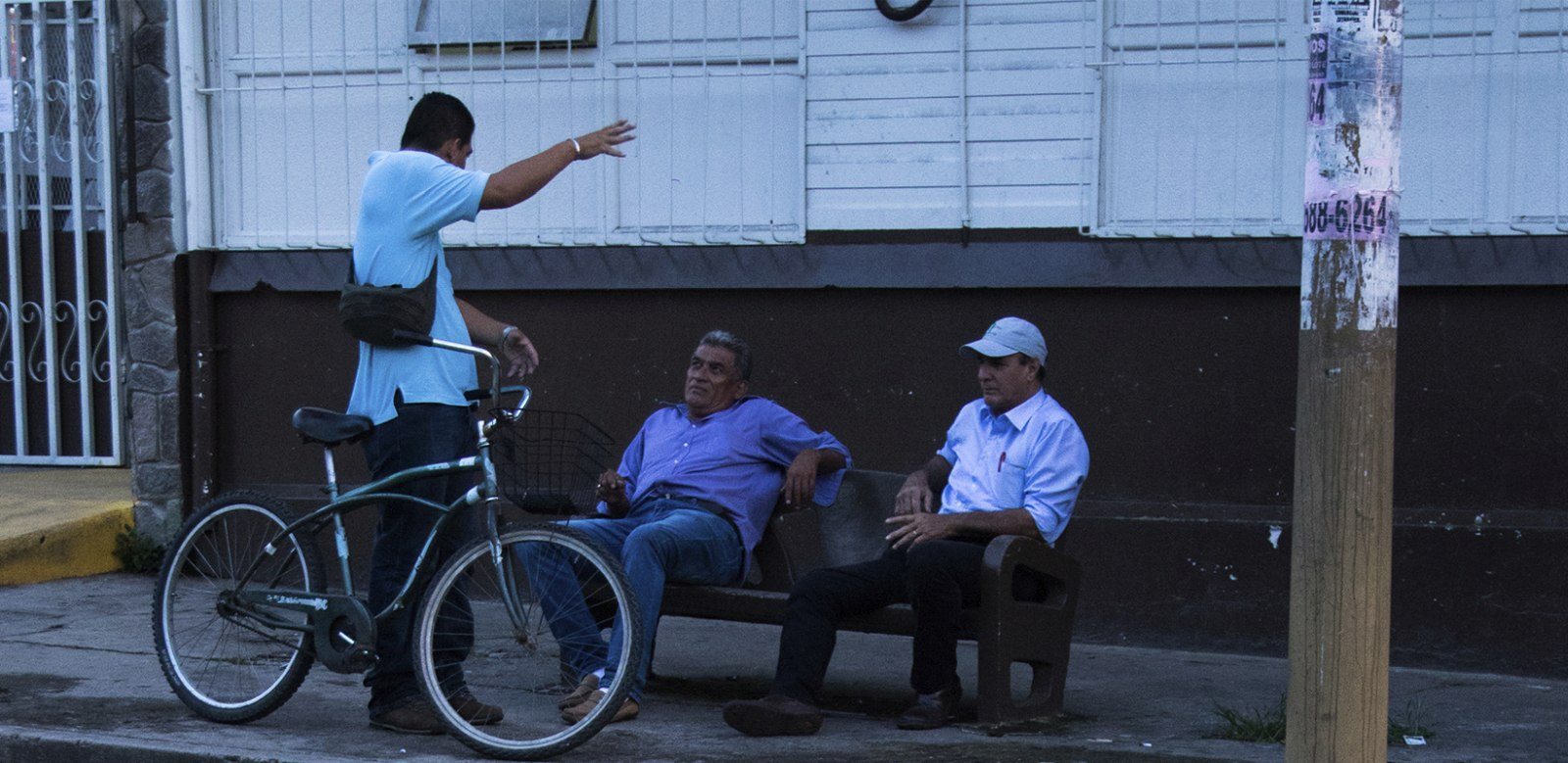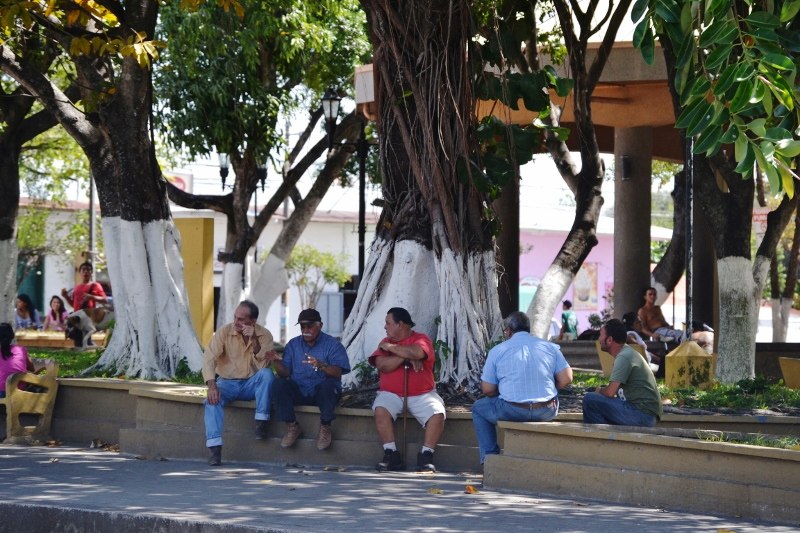
There’s good news and bad news for central Bagaces residents regarding the arsenic levels in their drinking water.
The good news is that thanks to processing plants that remove arsenic from potable water, average arsenic levels decreased from 13 micrograms per liter (ug/L) in 2014 to 9 ug/L in the second quarter of 2016.
The bad news is that these average amounts are still close to the maximum recommended (10 ug/L) by the World Health Organization (WHO) – meaning that arsenic is still present in Bagaces drinking water.
Plus, measurements aren’t exact, with a margin of error of +/- 2 ug, according to Andrea Suárez, coordinator of the National University’s Hydrological Resources Center for Central America and the Caribbean (HIDROCEC-UNA).
“As well calibrated as the instruments are, a margin of error always will exist of up to 2 micrograms per liter higher or lower,” Suárez said.
So if levels remain at nine, surpassing WHO’s recommended maximum limits remains a possibility.
The data comes from reports by the Costa Rican Water and Sewer Institute’s (AyA) National Water Laboratory for 2015 and 2016. These reports were obtained by The Voice of Guanacaste after a reader from Bagaces expressed concern over arsenic levels in local drinking water.
For Bagaces resident Minor Picado Camareno, having access to information about the quality of the community’s potable water is vital, but he has been waiting since last year for AyA and the Bagaces mayor to respond to requests for that information.
Water samples were taken over eight months in 2015 and eight months in 2016 from different sectors in the canton’s center, including Arbolito, Centro 1, Soda La Fuente, Los Chiles and the local AyA office in Bagaces.
The AyA sees the results as positive, despite the continued presence of the chemical in the water, lab director Darner Mora said.
“The important thing is that central Bagaces hasn’t surpassed the limit for arsenic of 10 micrograms per liter,” Mora said.
Suárez agreed: “We’re recovering from a period of drought. I actually expected arsenic levels to be higher.”
In summer months, water levels decrease, arsenic tends to become more concentrated, and levels often increase.
Zero Would Be Better
Experts agree that in the long term, exposure to arsenic in drinking water – even levels that are below 10 ug/L – could increase the risk of adverse health effects. This is especially true when other factors contribute, such as an individual’s genetic predisposition or long working hours exposed to the sun.
“Imagine that in 50 years you drink water with arsenic and you have a genetic predisposition to pancreatic or kidney problems. This varies from person to person according to nutrition levels, hydration, genetic variability and exposure to pesticides in the field. … This could affect health,” said HIDROCEC’s Suárez.
Before 2001, communities in the canton of Bagaces were drinking water with arsenic levels of up to 71 ug/L, according to a 2014 study by the Costa Rican Institute of Technology.
While a cause has not yet been proven, from 2003-2012, average mortality rates from chronic kidney disease were 81.4 per 100,000 for men in Bagaces. The average for men in Guanacaste was 46.9 per 100,000, according to the study “Meso-American Kidney Disease: Geographic Distribution and Seasonal Trends of Mortality from Chronic Kidney Disease Between 1970 and 2012 in Costa Rica” (“Nefropatía Mesoamericana: distribución geográfica y tendencias temporales de mortalidad por enfermedad renal crónica entre 1970 y el 2012 en Costa Rica”).
For Oregon State University public health specialist Andrés Cárdenas, any amount of arsenic is harmful to health, although it’s difficult to verify the causality between consumption of the chemical and disease.
“Scientifically, it’s difficult to prove if low levels of arsenic do, or don’t, cause cancer. What we do know is that arsenic is harmful to health and it affects many of the body’s systems,” said the Costa Rican expert, who researched the effects of arsenic on epigenetics during pregnancy in various countries.
“The ideal case would be to work toward a solution to the problem to reach zero levels of arsenic in potable water,” he said.
According to Darner Mora, of AyA, the immediate solution is to continue treating Bagaces’ water with arsenic-removal plants until construction is completed on the Epifanía Aqueduct in the Bagaces community of Cuipilapa, scheduled for 2019.
But why is it taking so long if it’s been planned since 2013? AyA engineer Eduardo Tencio said that at least two years of technical studies are required in order to select a water source.
The Epifanía Aqueduct will cost about $7 million and benefit more than 10,000 of the canton’s residents.







Comments